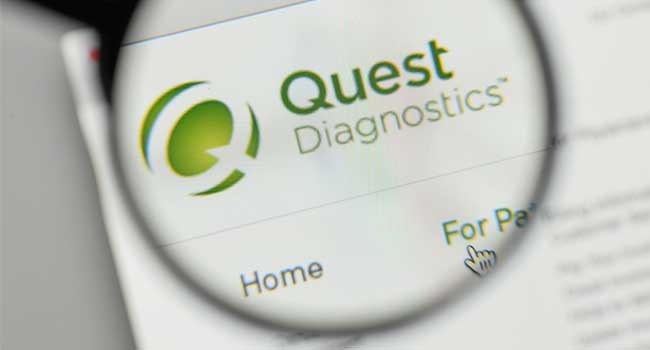
Security Experts Weigh in on Quest Diagnostics Vendor Breach
Quest Diagnostics has warned its 12 million customers that their personal, financial and medical data may have been exposed.
- By Sydny Shepard
- Jun 04, 2019
Quest Diagnostics, one of the biggest blood testing providers in the country, has warned its 12 million customers that they may have had their personal, financial and medical information breached due to an issue with one of its vendors.
Quest said it was notified that between Aug. 1, 2018 and March 30, 2019, someone had unauthorized access to the systems of AMCA, a billing collections vendor, according to Wendy Bost, a spokesperson for Quest.
Security experts are weighing in on the additional security risks a company takes on when partnering with outside vendors.
“Once again, a breach that results from third party vulnerabilities,” Colin Bastable, CEO of Lucy Security said. “Outsourcing billing to third party vendors is a great way to extract efficiencies by reducing core costs, but it exposes the business and its customers to uncontrollable security risks. The fragmented healthcare industry, like the fragmented home finance and buying industry, is vulnerable because there are so many moving parts, so many areas where bad actors have multiple points of entry to exploit inadequate security.”
According to Pankaj Parekh, chief product and strategy officer at SecurityFirst, it is not enough to protect just your company’s data, you must also understand the risk associated with sharing that data to third parties.
“Enterprises like Quest Diagnostics must carefully assess the security practices of their vendors to make sure that customer data is secured,” Parekh said. “This is a lot more work for already stretched security and IT teams.”
Laurence Pitt, security strategy director at Juniper Networks, stressed that you cannot outside security responsibility.
“Although there’s no evidence in weakness of the security that Quest Diagnostics are using, this was a breach through a vendor in their supply chain and shows that however good your security strategy is, it can only ever be as good as the weakest link in the chain – and that could easily be a third party,” Pitt said. “It’s essential to evaluate security for every link in the supply chain, and data-protection regulations enforce this.”
About the Author
Sydny Shepard is the Executive Editor of Campus Security & Life Safety.